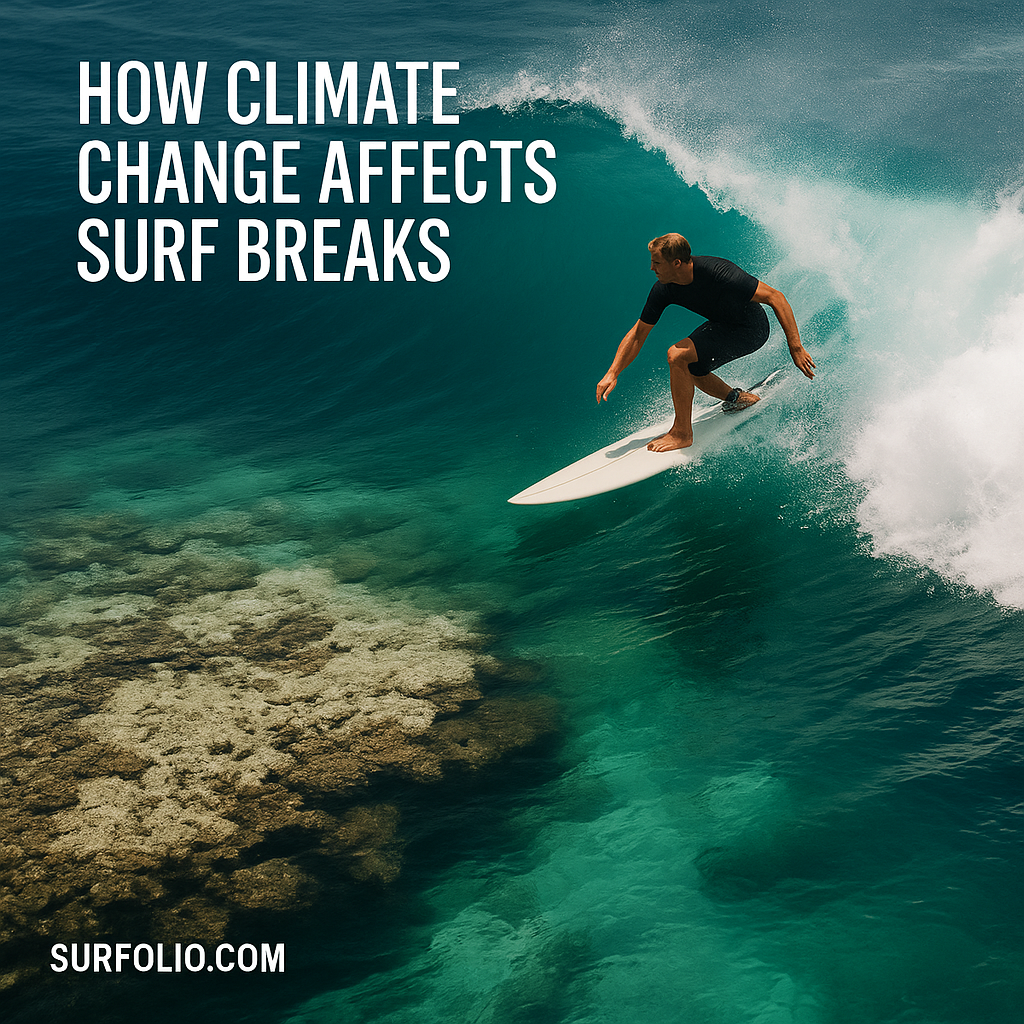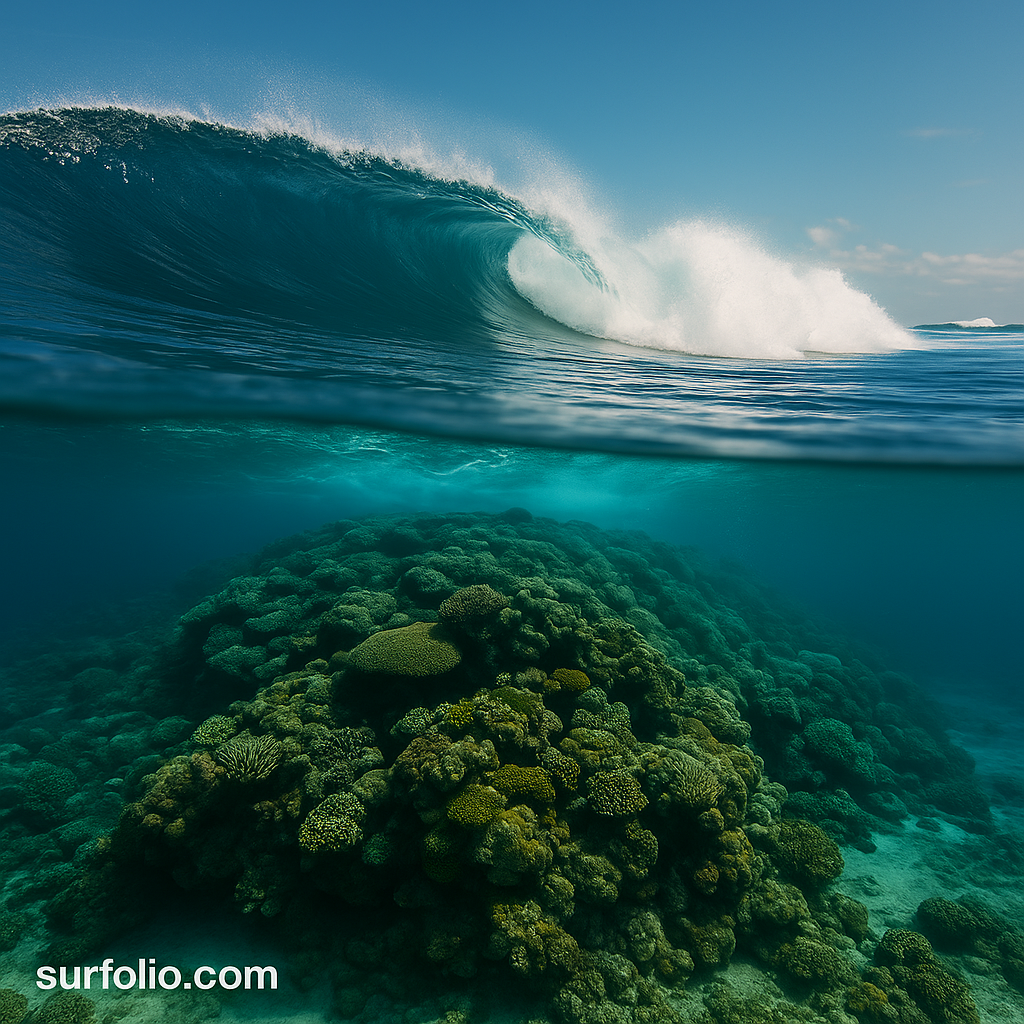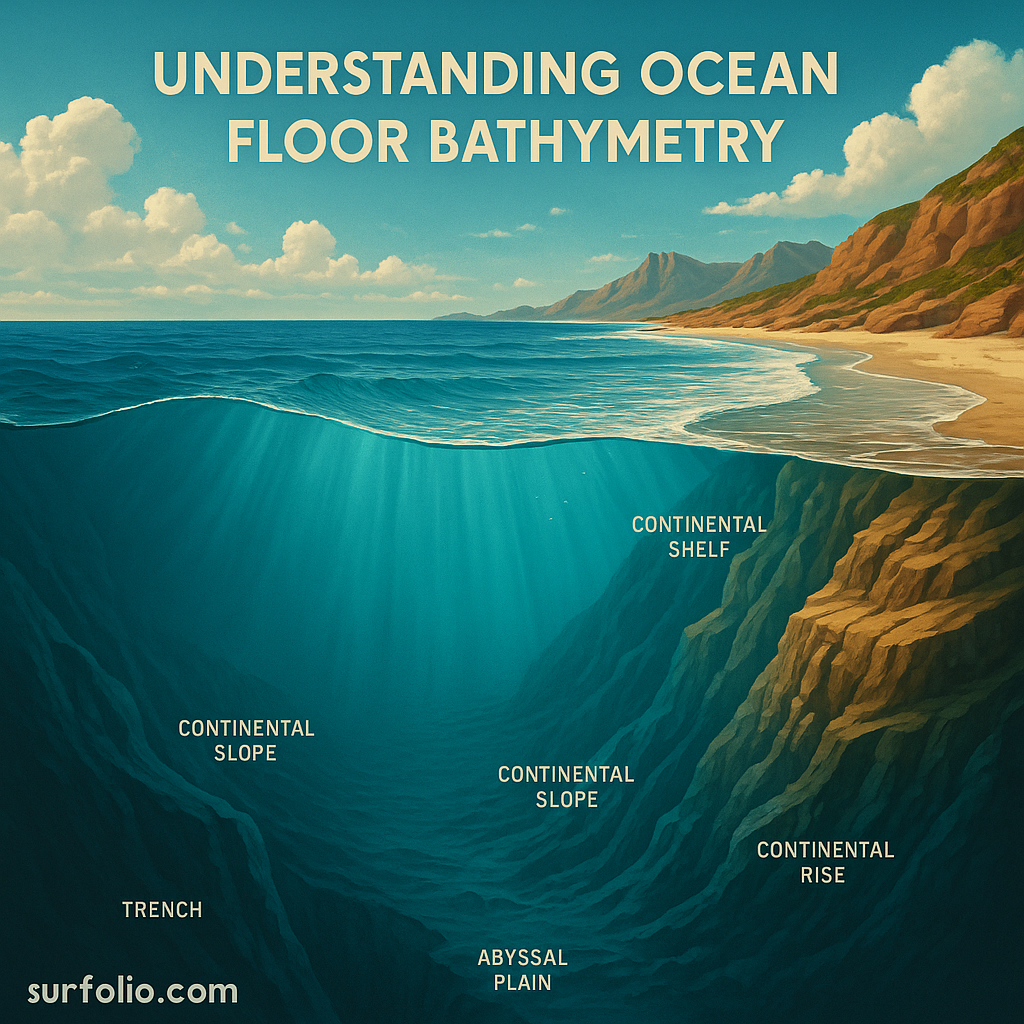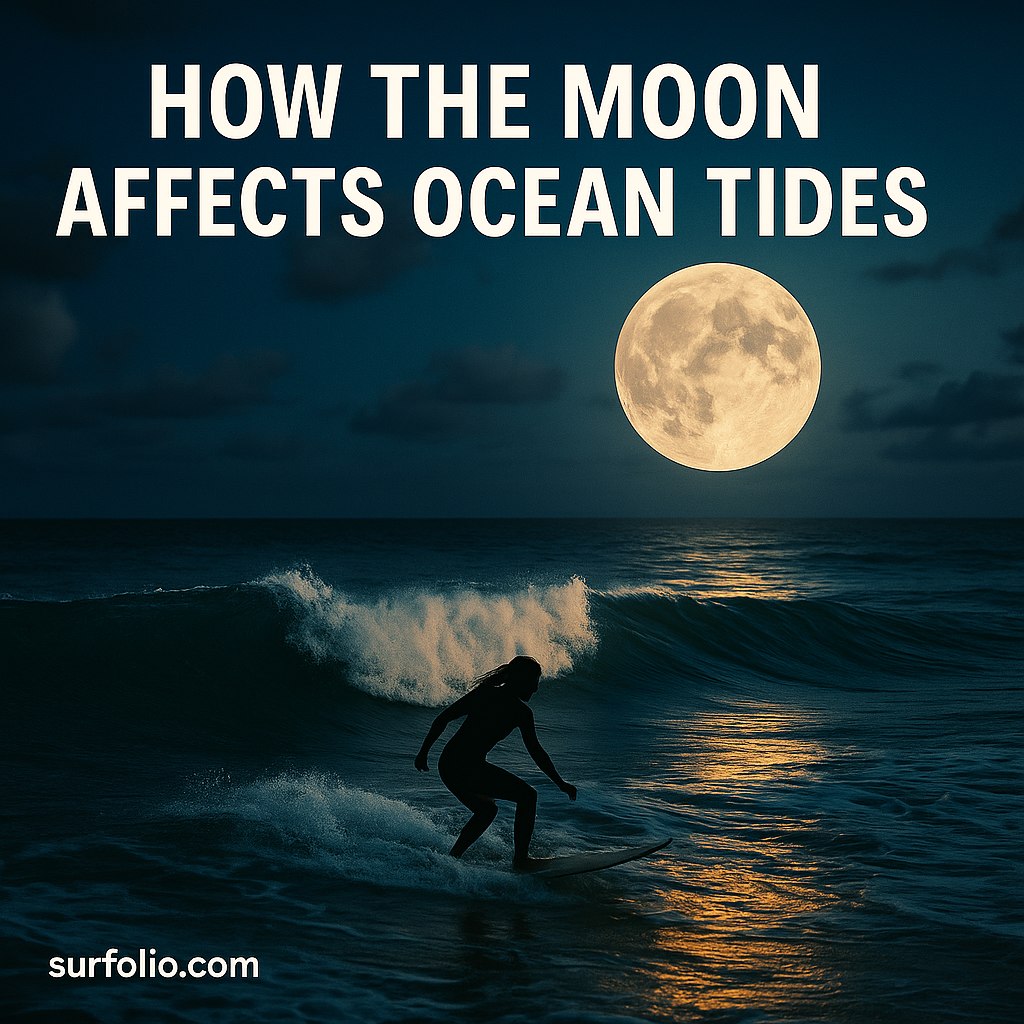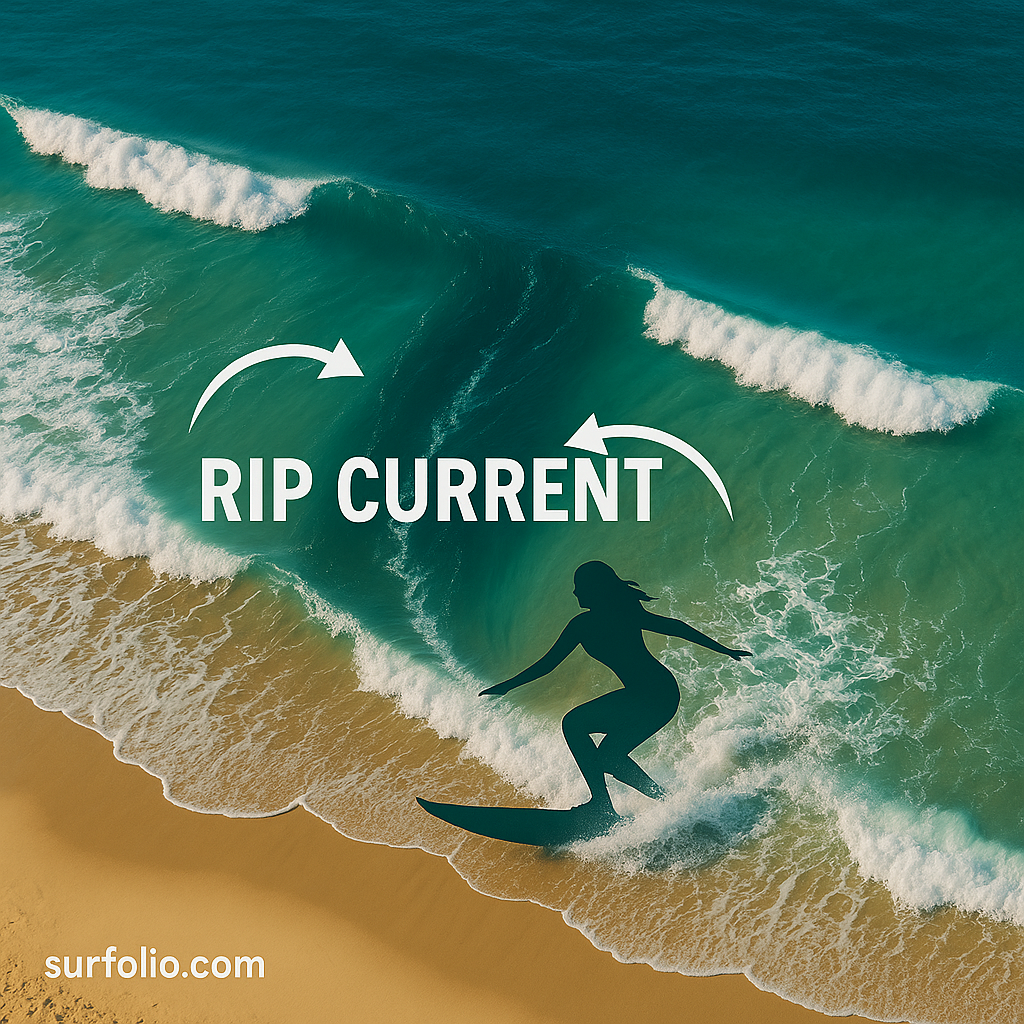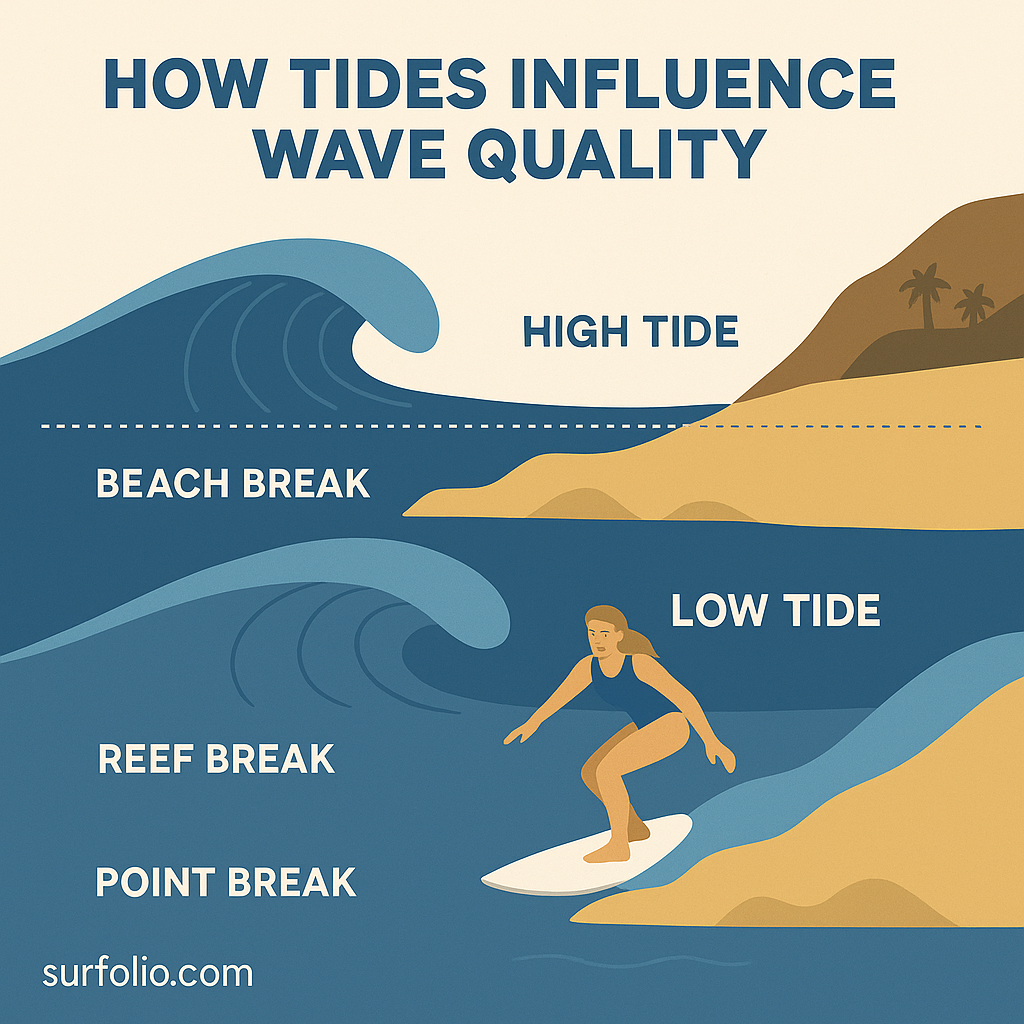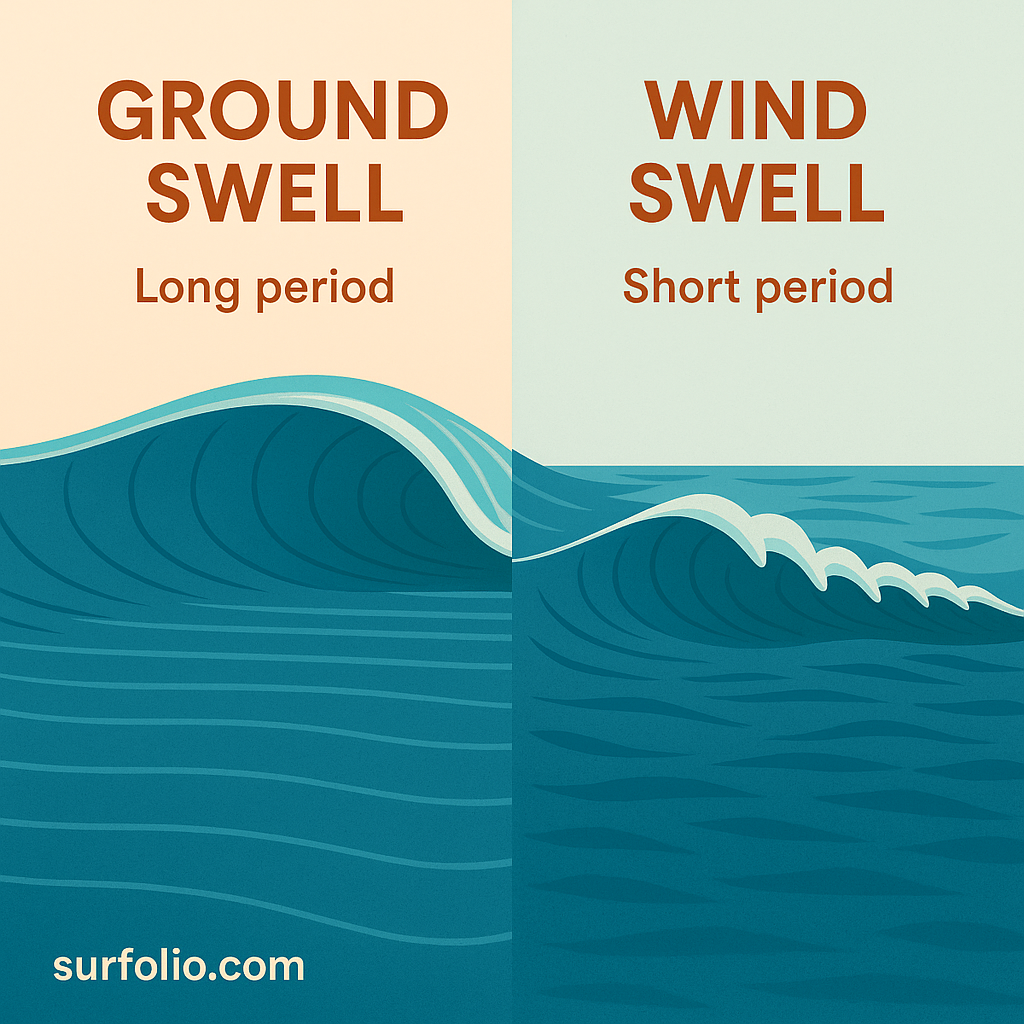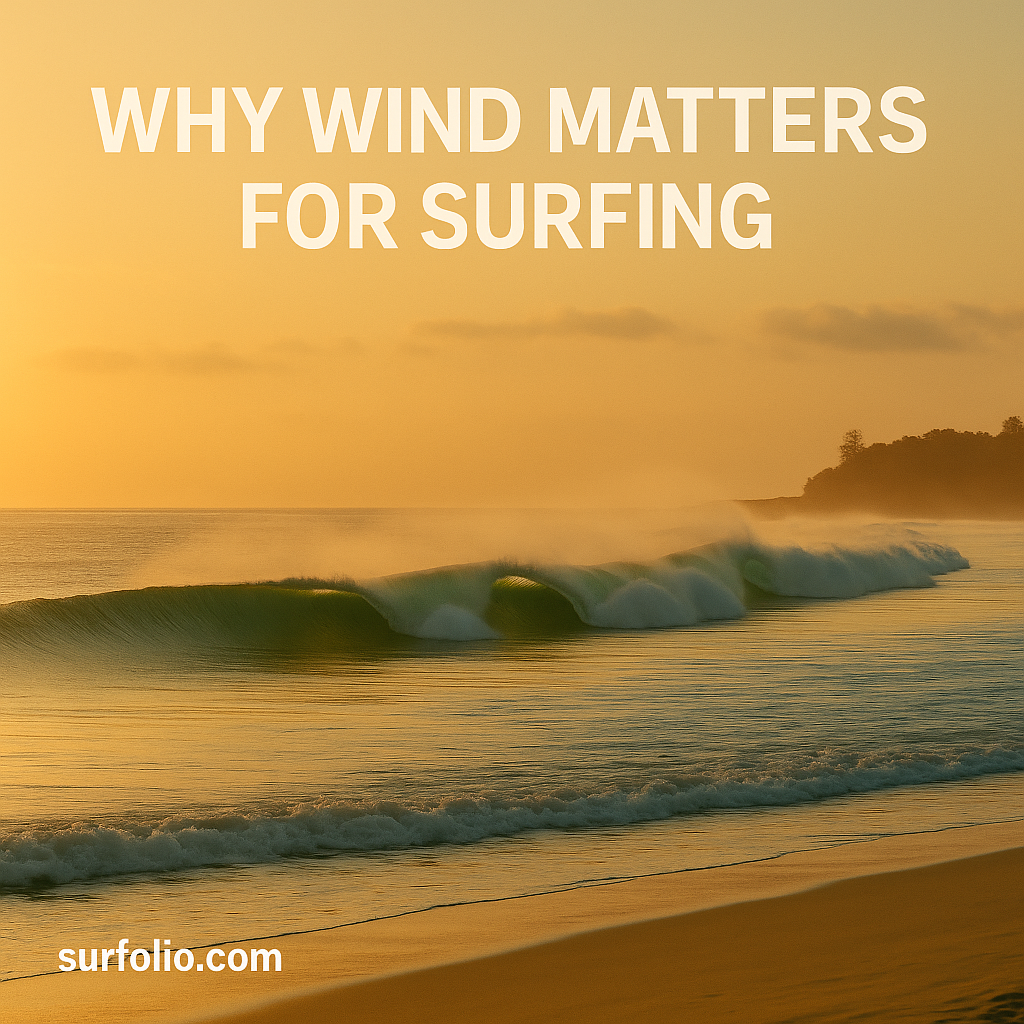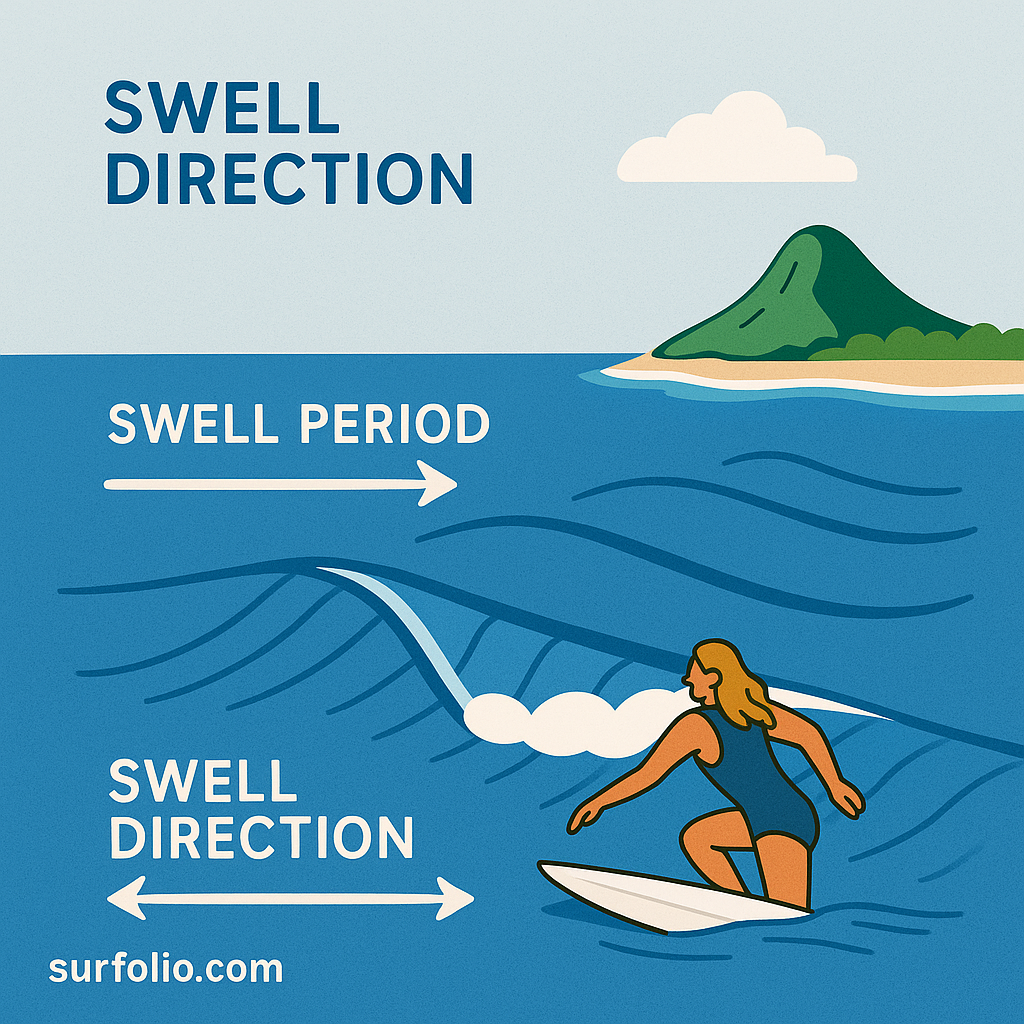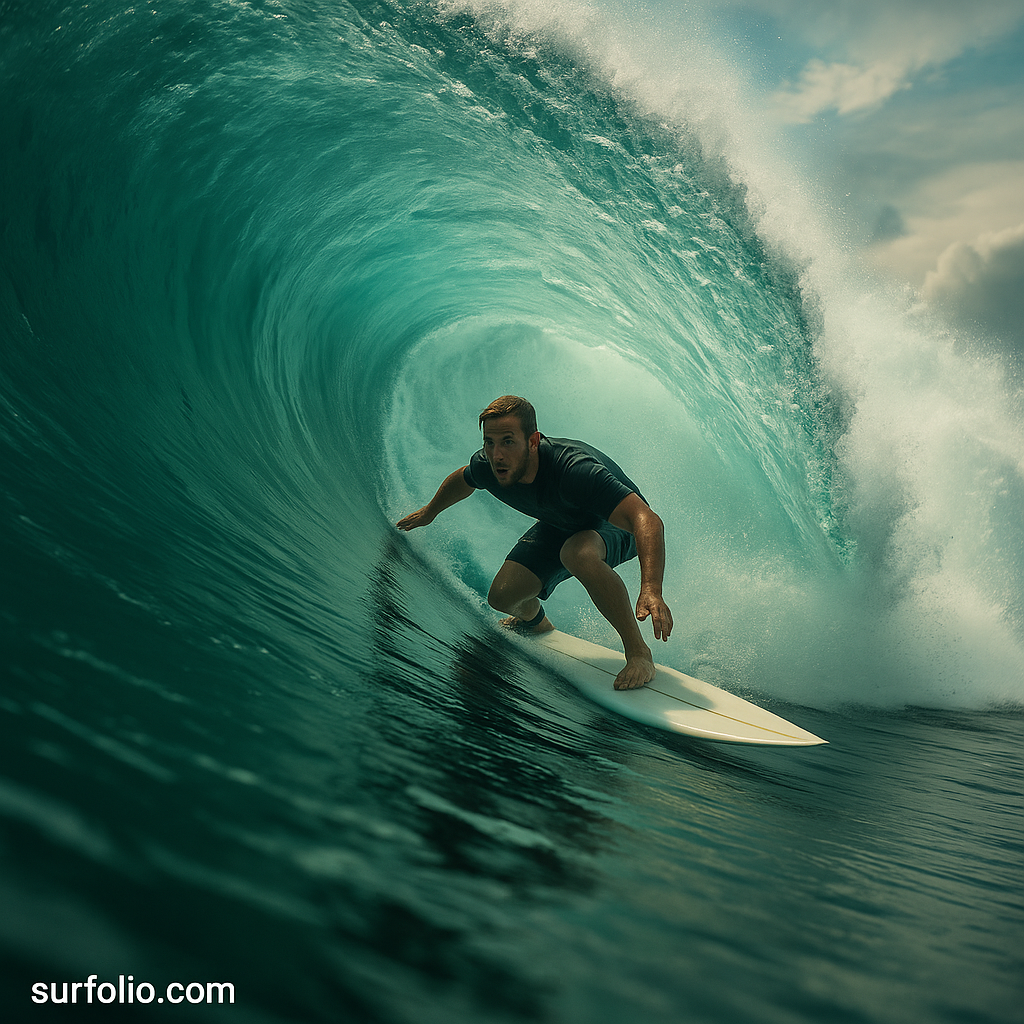
Few sights in surfing compare to the perfection of a barreling wave—the ocean folding over itself, forming a hollow tunnel that surfers dream of riding. But behind that fleeting moment of magic lies a fascinating blend of science and nature. Understanding how barrels form gives surfers not just appreciation, but the knowledge to find (and time) them better.
Continue reading “The Science Behind Perfect Barrels”
